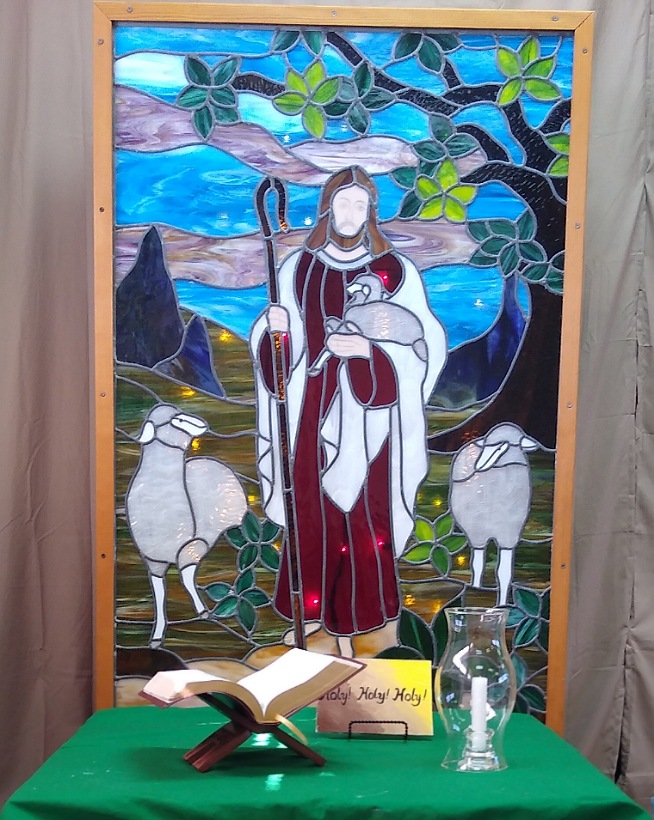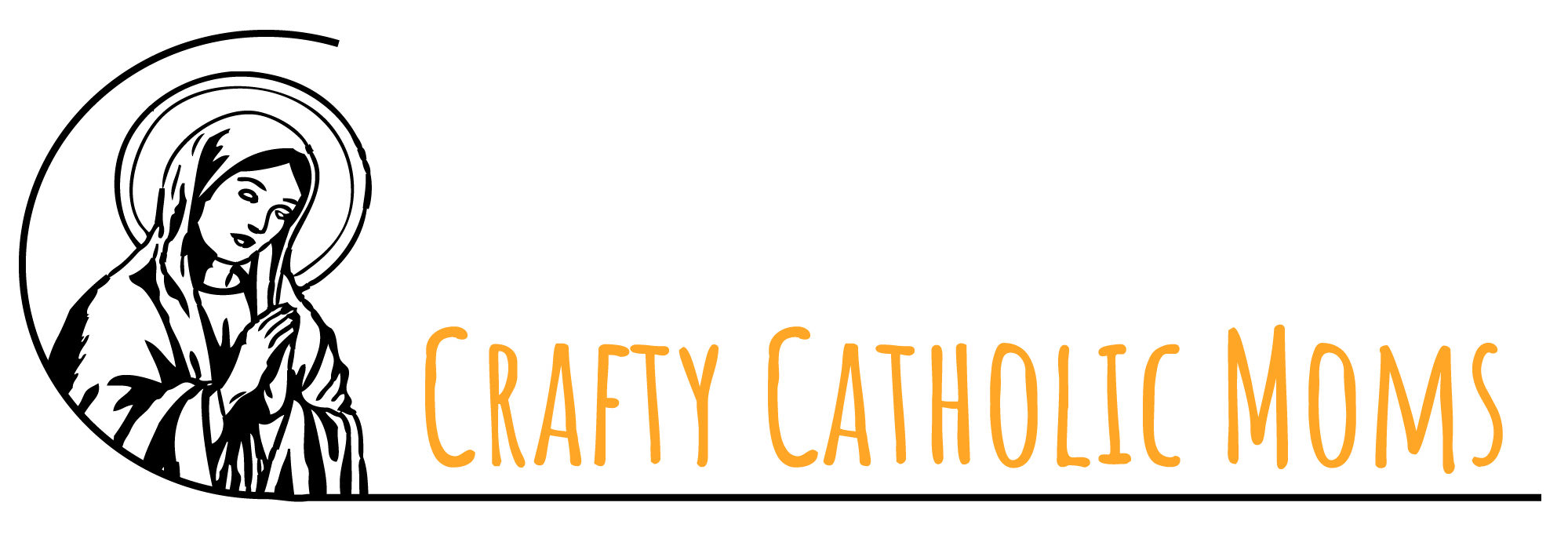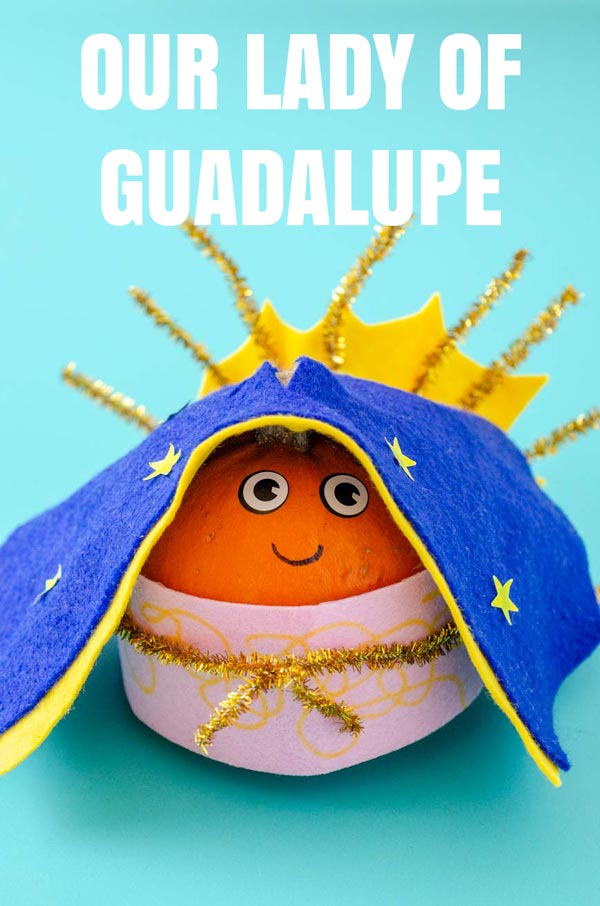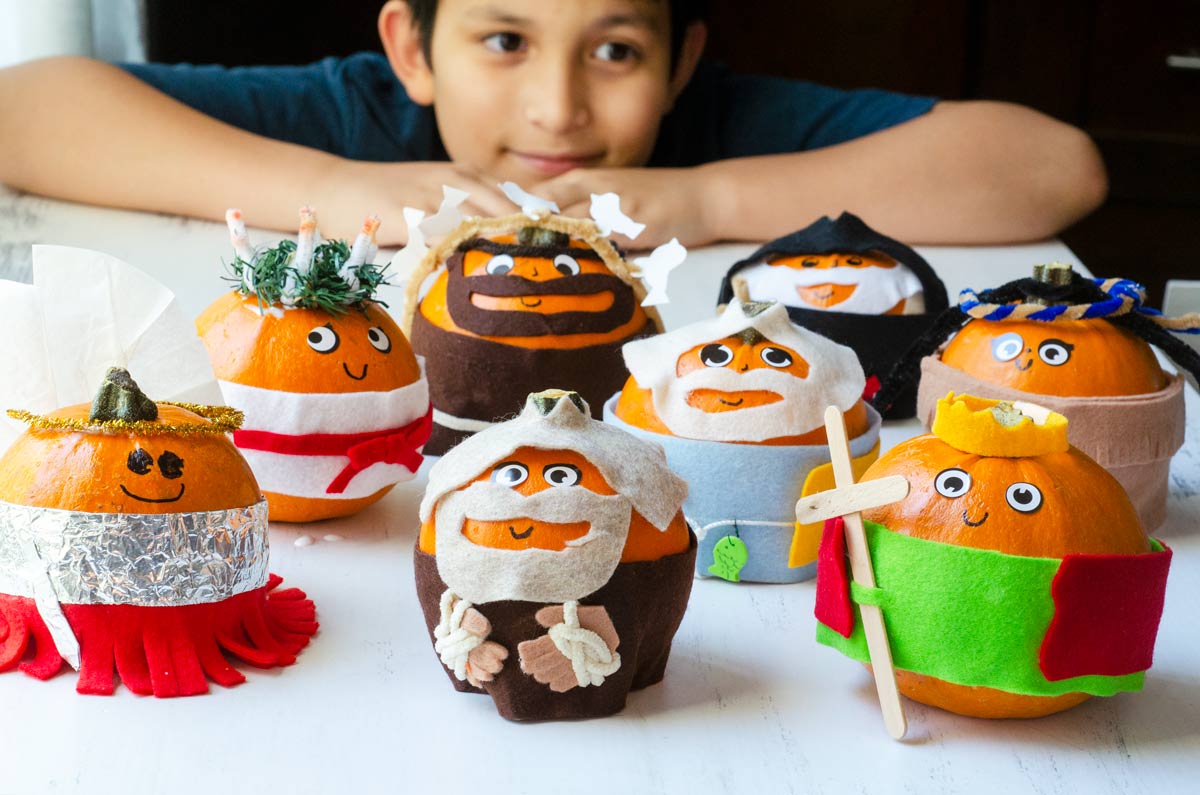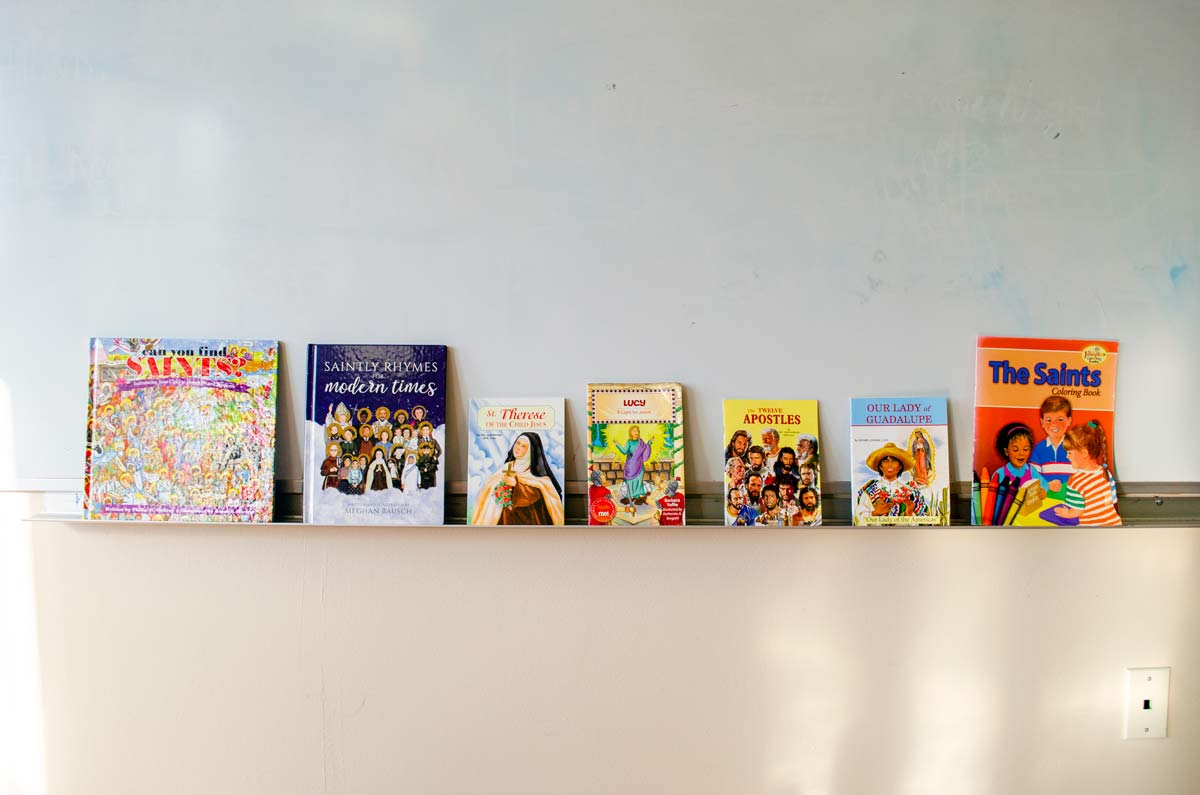Ten sheep, called by name, follow a loving Shepherd out of the safety of their sheepfold, and then back through it’s gate as someone reads parts of what we’ll hear in this Sunday’s Gospel. No adult would stand for slowly moving 11 figures all the way around a circle, and the children can barely keep their hands from helping, but to quietly watch the little wooden procession is to give your heart a chance to look at the Good Shepherd and contemplate His great love.
The central question asked of the children in the presentation of the Good Shepherd in a Level I Catechesis of the Good Shepherd Atrium is, “Who are the sheep?” When our CALM moms group used to do Bible Story Time, we would make cute little sheep paper plate masks and talk about how wonderful it was to be sheep. In the Atrium, we don’t tell them the answers.
 A marked difference between Catechesis of the Good Shepherd and regular book-based faith formation, is the idea that the facets of our faith need to be revealed from a very young age only a little bit at a time, and with the utmost care not to instruct, but to present. Presenting is not teaching, but making God’s words understandable to the young mind through short and simple definitions of larger words, and hands-on movement of figures through the narratives the writers of the Bible present. That is followed up with questions to clarify and to wonder about, not questions to be answered by the adult in the room, allowing the Holy Spirit room to move in the hearts of the children.
A marked difference between Catechesis of the Good Shepherd and regular book-based faith formation, is the idea that the facets of our faith need to be revealed from a very young age only a little bit at a time, and with the utmost care not to instruct, but to present. Presenting is not teaching, but making God’s words understandable to the young mind through short and simple definitions of larger words, and hands-on movement of figures through the narratives the writers of the Bible present. That is followed up with questions to clarify and to wonder about, not questions to be answered by the adult in the room, allowing the Holy Spirit room to move in the hearts of the children.
 How does that look when the presentation of the Good Shepherd comes around? Think of being a child. You don’t know yet that you are a sheep, and someone is reading to you about how much the Shepherd loves those sheep, and how He’ll do anything for them, and give all of Himself to feed them . . . When you figure out for yourself, for the first time that it is you who is so loved . . .
How does that look when the presentation of the Good Shepherd comes around? Think of being a child. You don’t know yet that you are a sheep, and someone is reading to you about how much the Shepherd loves those sheep, and how He’ll do anything for them, and give all of Himself to feed them . . . When you figure out for yourself, for the first time that it is you who is so loved . . .
I can only equate that moment to the first time you knew, really knew, that your husband loved you. Not when someone else told you. Not when he told you. Not when he was in love with you. Not when you knew you would marry him. Think back. Do you remember what it was like when you first realized that he would love you forever, forgive you all of your faults, and stick by your side through thick and thin? That he would do anything for you? That he would change his life for you? Lay it down for you?
 It might have been the day he proposed, but it probably wasn’t. It might have been before you were married, but it also might have been after your fourth or fifth child. Think of that moment. Maybe it was when he came to you with a toddler strapped to his leg and handed you a tall glass of water while you nursed your newest infant. Maybe it was when he told his mother no and sided with you. Maybe it was when he boldly complimented you or your work in the face of criticism (from the kids or others). Maybe it was at Mass, kneeling after the Eucharist, when he placed his hands over yours. That is the closest thing we as adults can compare to the experience of the child understanding with the help of the Holy Spirit how much the Good Shepherd loves them. Wasn’t it, after all, the Holy Spirit who helped you understand how much your husband loves you in that moment?
It might have been the day he proposed, but it probably wasn’t. It might have been before you were married, but it also might have been after your fourth or fifth child. Think of that moment. Maybe it was when he came to you with a toddler strapped to his leg and handed you a tall glass of water while you nursed your newest infant. Maybe it was when he told his mother no and sided with you. Maybe it was when he boldly complimented you or your work in the face of criticism (from the kids or others). Maybe it was at Mass, kneeling after the Eucharist, when he placed his hands over yours. That is the closest thing we as adults can compare to the experience of the child understanding with the help of the Holy Spirit how much the Good Shepherd loves them. Wasn’t it, after all, the Holy Spirit who helped you understand how much your husband loves you in that moment?
 It’s not completely possible to bring this Good Shepherd material home, but, as we’ve been trying every week, a little bit of the joy and wonder can be replicated in some simple crafting. And because material making is a HUGE part of formation, spiritual growth and understanding, wonder and contemplation, research and knowledge, etc., it just might do well to include the kids on today’s crafting endeavor. The key is to let them think and create what they have come to understand, to do it all reverently without rejoicing in the “fun” of the process.
It’s not completely possible to bring this Good Shepherd material home, but, as we’ve been trying every week, a little bit of the joy and wonder can be replicated in some simple crafting. And because material making is a HUGE part of formation, spiritual growth and understanding, wonder and contemplation, research and knowledge, etc., it just might do well to include the kids on today’s crafting endeavor. The key is to let them think and create what they have come to understand, to do it all reverently without rejoicing in the “fun” of the process.
My daughters have been working on some home-made gifts for the older kids of two moms about to have babies. In our Pinterest quest, we found tongue depressor ballerinas. Our hallway is now full of them, and their simplicity has inspired this craft. Fear not if you don’t have tongue depressors (mine are on hand from dividing boxes for the Atrium), popsicle sticks should work just fine.
 I’m also using another household staple of mine that you may or may not have – wooden clothespins. Slip both sides off of the spring, apply a little tacky glue, secure one on each side of the tongue depressor (cut the rounded bottom off using utility scissors), and you’ve got yourself a tongue depressor stand. If you don’t use and lose tons of these to close chip bags and the like, just grab a ball of play doh, stick the tongue depressor in it, and let it harden overnight. Balled up foil is a quick fix, too.
I’m also using another household staple of mine that you may or may not have – wooden clothespins. Slip both sides off of the spring, apply a little tacky glue, secure one on each side of the tongue depressor (cut the rounded bottom off using utility scissors), and you’ve got yourself a tongue depressor stand. If you don’t use and lose tons of these to close chip bags and the like, just grab a ball of play doh, stick the tongue depressor in it, and let it harden overnight. Balled up foil is a quick fix, too.
Now, there are many ways to do the next step. It’s time to come up with an image for the Good Shepherd and the sheep. The one in the pictures was painted by Megan Maloney, creator of our Stations of the Cross coloring pages. I’ve included a PDF (Shepherd and sheep images) of closeups of her work that you can print, cut out, and glue onto your stand. That’s way No. 1. Way No. 2 is to find an image of the Good Shepherd your kids are familiar with – online, in a magazine, in a book – and use it instead. Way No. 3 is to let the art be created by the hands that will benefit from the material. Let your kids draw, paint, color or cut and paste the images written on their hearts. The same stand can be used for the sheep with the tongue depressor cut off nice and short.
 Next, you’ll need a sheepfold. Find something flat and green, and make it round. This could be two pieces of green construction paper or felt cut into half-circles and set together, a spare piece of green fabric, green wrapping paper or tissue paper. You can also paint a piece of paper if you’re out of green otherwise, or color it in with a crayon.
Next, you’ll need a sheepfold. Find something flat and green, and make it round. This could be two pieces of green construction paper or felt cut into half-circles and set together, a spare piece of green fabric, green wrapping paper or tissue paper. You can also paint a piece of paper if you’re out of green otherwise, or color it in with a crayon.
For the walls, I suggest going on a scavenger hunt for rocks. Let’s face it: we’ve got time to fill! We happen to have a container full of rocks for crafting. Let them stack these up in a circle, leaving room outside of it for the sheep and shepherd to pass. If rocks just aren’t going to happen, make some out of foil, stack up Legos (try for sober colors) or crumpled brown paper pieces.
 Lastly, make a gate. Use the same stand as before, but glue two half-size popsicle sticks vertically, and one regular length, attaching the two horizontally. The real one on our sheepfold, beautifully constructed by Shauna Groff, actually is popsicle sticks.
Lastly, make a gate. Use the same stand as before, but glue two half-size popsicle sticks vertically, and one regular length, attaching the two horizontally. The real one on our sheepfold, beautifully constructed by Shauna Groff, actually is popsicle sticks.
For older kids, you can have them write the verses in calligraphy, and even make their work into a little book. That gives them the opportunity to slow down and think about the words. Find free calligraphy worksheets and videos so they can practice their craft.
Read and reread the Gospel for Sunday, but leave out the parts about the robber and the gate for the younger ones. Focus instead on the Good Shepherd calling each by name, and the sheep following. Take the time to really pause. Follow these lovely guidelines from cgsusa.org, the national office for Atria in the country, listen to the podcast there, make prayer cards with your children, and wonder about those sheep.
